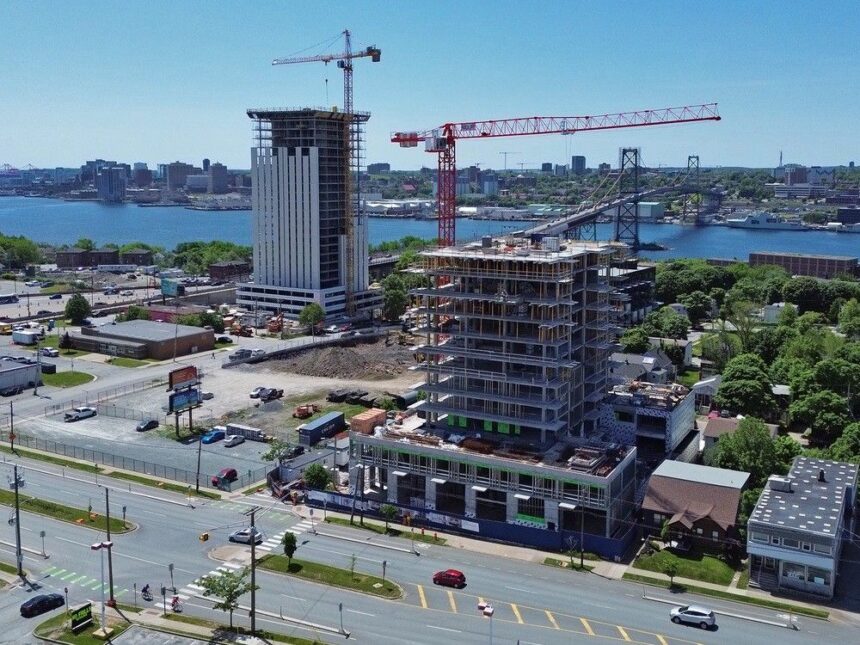The quiet coastal communities of Atlantic Canada are undergoing a remarkable transformation, one that defies decades of economic stagnation and population decline. A strategic pivot toward immigration has become the catalyst for an unprecedented economic revival across Nova Scotia, New Brunswick, Prince Edward Island, and Newfoundland and Labrador.
“We’re witnessing what many economists consider a small miracle,” says Dr. Elena Barkley, senior economist at the Atlantic Provinces Economic Council. “Regions that were once defined by outmigration and aging demographics are now among Canada’s fastest-growing economies, driven primarily by newcomers establishing roots and creating opportunities.”
The numbers tell a compelling story. Since 2016, Atlantic Canada has welcomed over 62,000 permanent residents, with annual immigration rates tripling in some provinces. More significantly, retention rates—historically a challenge for the region—have climbed from below 50% to approximately 75% in Nova Scotia and New Brunswick.
This demographic shift has triggered substantial economic dividends. Housing markets have stabilized in previously declining communities, with construction activity reaching levels not seen since the 1970s. In Halifax alone, over 2,500 new housing units were approved last year, with similar construction booms occurring in smaller centers like Moncton and Charlottetown.
The labor market impacts have been equally transformative. “We’ve gone from businesses closing due to workforce shortages to a new era of expansion,” explains James McPherson, president of the Atlantic Chamber of Commerce. “Sectors from healthcare to technology are reporting significant productivity gains, and entrepreneurship rates among newcomers are outpacing national averages.”
Indeed, immigrant-founded businesses have created over 14,000 jobs across the region since 2018, according to CO24 Business research. These enterprises range from small family operations to innovative startups addressing global markets.
The Atlantic Immigration Program, launched as a pilot in 2017 and made permanent in 2022, has been instrumental in this success. Unlike traditional immigration pathways, the program directly connects employers with international talent and provides comprehensive settlement support. Provincial nominee programs have similarly evolved to target specific economic needs.
“What distinguishes Atlantic Canada’s approach is the emphasis on community integration,” notes immigration policy expert Dr. Sarah Thompson. “Rather than treating newcomers simply as economic units, there’s a genuine focus on social cohesion and belonging.”
Communities have responded with innovative welcome initiatives. Moncton’s “Global Neighbors” program pairs newcomer families with local residents for cultural exchange and networking, while rural communities like Colchester County in Nova Scotia have created specialized immigrant resource centers that combine employment services with social activities.
The economic ripple effects extend beyond immediate job creation. Consumer spending has increased by approximately 4.3% annually since 2018, outpacing the national average. Tax revenues have similarly grown, allowing municipalities to reinvest in infrastructure and services that benefit all residents.
Not everyone has embraced these changes, however. Housing affordability concerns have emerged in previously accessible markets, and some communities report integration challenges as cultural demographics shift rapidly. Local Canada News outlets have documented occasional tensions over cultural differences and resource allocation.
“We need to acknowledge that rapid demographic change brings growing pains,” admits Fredericton Mayor Katherine Morgan. “But the alternative—continued population decline and economic contraction—was far more concerning for our future.”
Provincial governments across the region have responded with targeted initiatives to address these challenges. Nova Scotia recently announced a $30 million housing acceleration fund specifically targeting communities with high immigration rates, while New Brunswick has expanded language training programs to facilitate workplace integration.
The Atlantic Canadian experience offers valuable lessons for other regions facing demographic challenges. Central to its success has been the integration of economic objectives with community building, creating an environment where newcomers feel both needed and welcomed.
“What’s happening in Atlantic Canada represents a powerful counternarrative to simplistic views on immigration,” observes sociologist Dr. Martin Chen. “It demonstrates that when properly structured and supported, immigration can be transformative for regions struggling with demographic decline.”
As communities across Canada and beyond grapple with aging populations and workforce shortages, Atlantic Canada’s immigration-driven renaissance raises an essential question: Could this model of community-integrated economic immigration provide a blueprint for revitalizing other declining regions, or are the specific conditions of Atlantic Canada too unique to replicate elsewhere?























